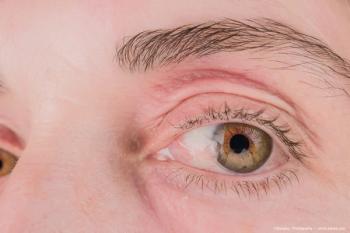
Anterior segment diagnostics advance
Evaluation of corneal topography and the ocular wavefront are critical in screening and treating refractive surgery candidates. The diagnostic tools needed to perform these assessments continue to improve.
Key Points
New York-Significant advances in corneal topography and aberrometry have improved the diagnostic evaluation and treatment of candidates for refractive surgery, according to Stephen D. Klyce, PhD.
"Today, we have excellent topographers and aberrometers as stand-alone units as well as instruments coupling topography with aberrometry or pachymetry functions," said Dr. Klyce, adjunct professor of ophthalmology, Mount Sinai School of Medicine, New York. "We hope to see a next-generation device that will be an all-in-one platform combining pachymetry, aberrometry, and Placido disk corneal topography."
Multiple other topographic systems based on different technology are available, including a grid matrix, which seems to have addressed successfully the problem of skew ray errors, according to Dr. Klyce, and light scatter techniques using raster stereography or scanning slit beams. Slit-based instruments fill a niche left by Placido-based machines, he said.
Current aberrometers include multiple stand-alone instruments based mostly on Hartmann-Shack principles. Other instruments use skiascopy, holographic grating, ray tracing, and Tscherning principles. Several combination topography-aberrometry platforms conserve necessary office space for diagnostic tools.
In addition, their use can maximize registration between topography and aberrometry maps to optimize accurate use of both types of data in formulating the refractive correction. With conversion of the full-eye aberrometry to a refraction map, the combination devices (OPD-Scan, Nidek) allow a plot of internal aberrations, he added.
A high-definition Hartmann-Shack aberrometer (iDesign Advanced WaveScan Studio, Abbott Medical Optics) promises an advance over previous technology with a greater dynamic range, Dr. Klyce concluded.
Newsletter
Don’t miss out—get Ophthalmology Times updates on the latest clinical advancements and expert interviews, straight to your inbox.










































